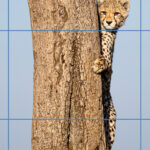
HOW TO BREAK THE RULE OF THIRDS
27 November 2024
PHOTOGRAPHING GORILLAS AND CHIMPANZEES
27 November 2024
HOW TO BREAK THE RULE OF THIRDS
27 November 2024
PHOTOGRAPHING GORILLAS AND CHIMPANZEES
27 November 2024PHOTOGRAPHY TIPS
LET IT RAIN:
PHOTOGRAPHING IN THE RAIN
On arrival in the Mara Triangle Conservancy it was clearly evident that the region had very little rain. Little did I know that this was apparently the driest the Mara ecosystem has been in the last 20 years.
Not a hint of greenery in any of the standing grasses, just a burnt orange and yellow landscape that had seemingly been bleached by the scorching sun.
On arrival in camp Dickson made it very clear how happy they were to see me given their belief that I always bring rain.
True to form, the Mara Triangle received its first rain of any significance more than 2 months that very afternoon.
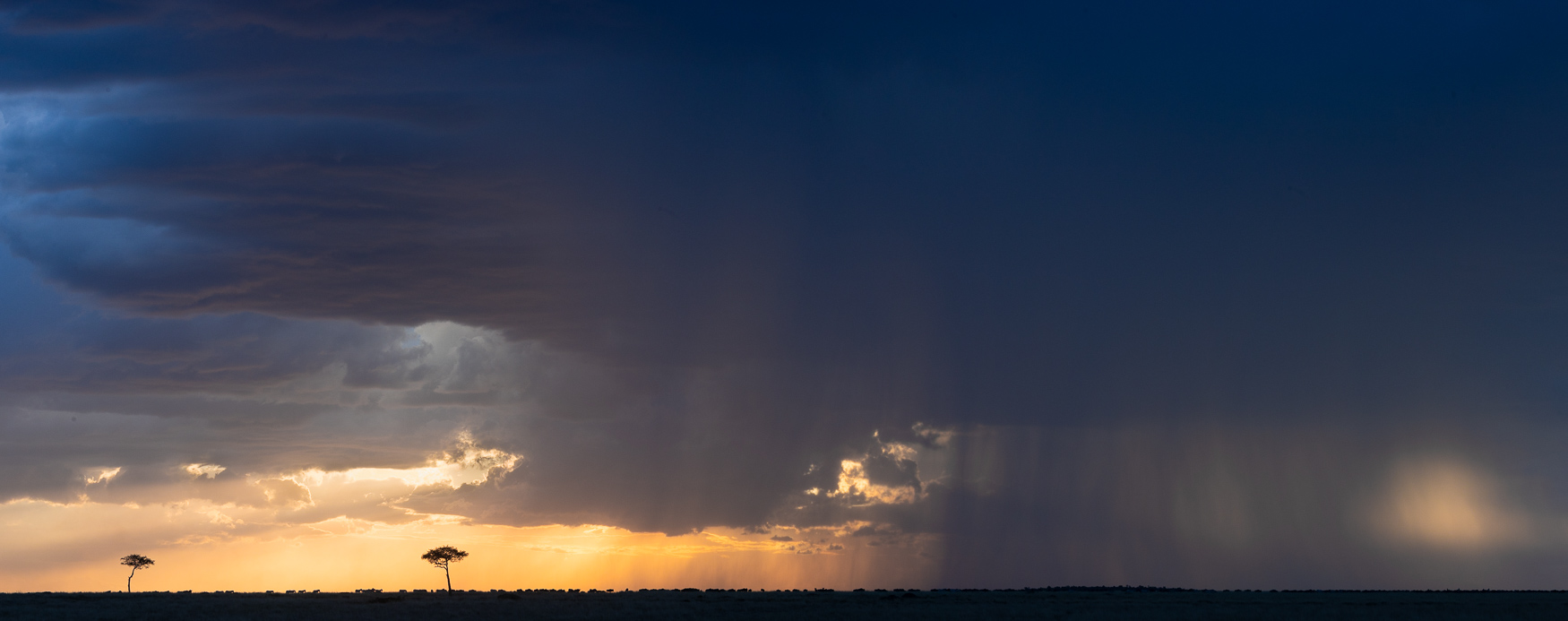
What followed over the next two weeks was daily afternoon thundershowers of increasing intensity. Almost like clockwork, at around 15:00 the clouds would build on the horizon before releasing the much needed rain across the landscape from 16:30 onwards.
The terms "isolated" and "scattered" thundershowers are often used by meteorologists and this was definitely the case as we sometimes caught the edge of a strom cell, and other times sat slap bang in the middle of driving rain only to move back to camp to find that it hadn't even rained there.
Regardless of where the rain fell, the most important end result was that it stirred the migratory herds and byt the end of my second week there, the herds were moving east in their hundreds of thousands as they sought the fresh green pastures yet to be grazed on the National Reserve side of the ecosystem.
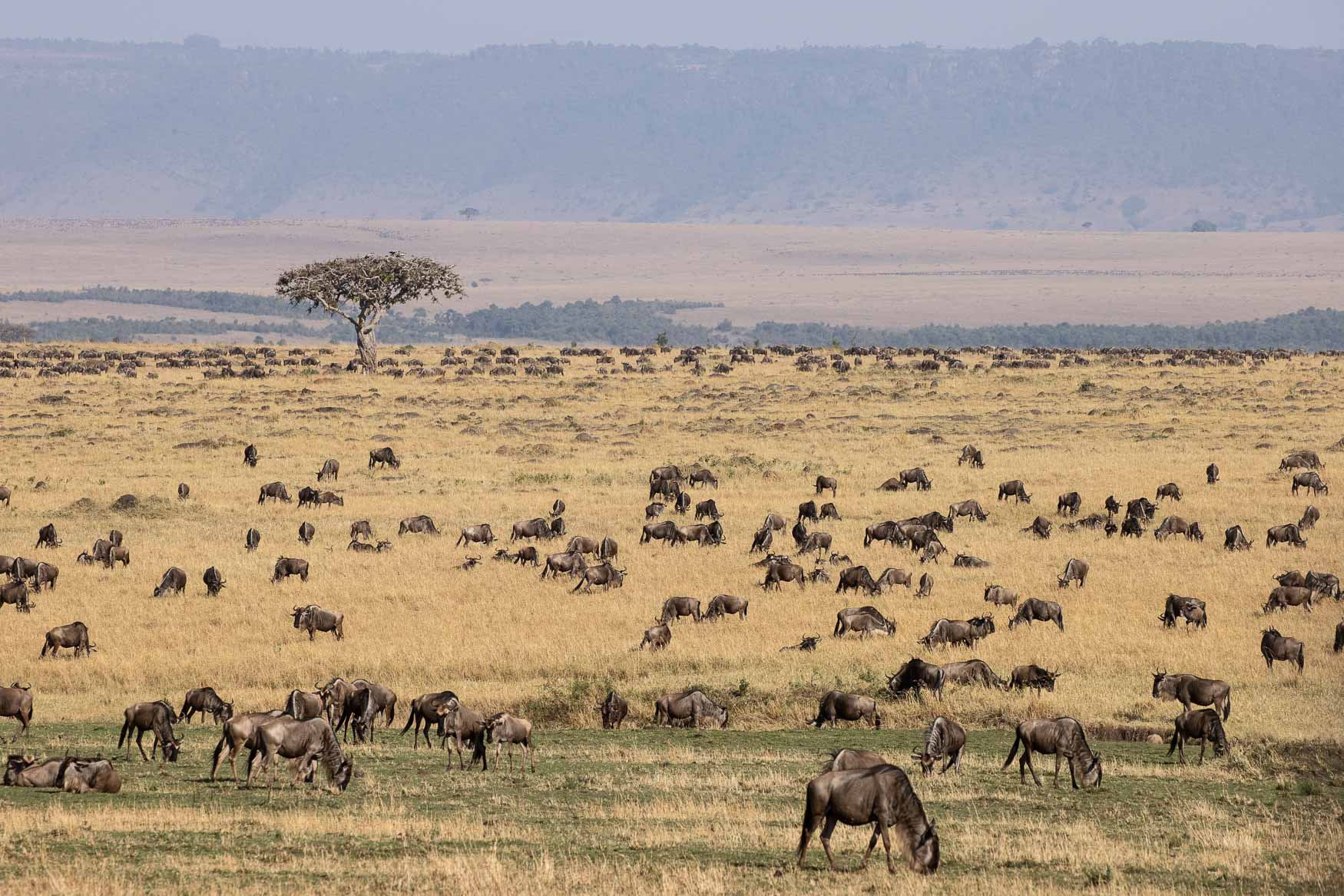
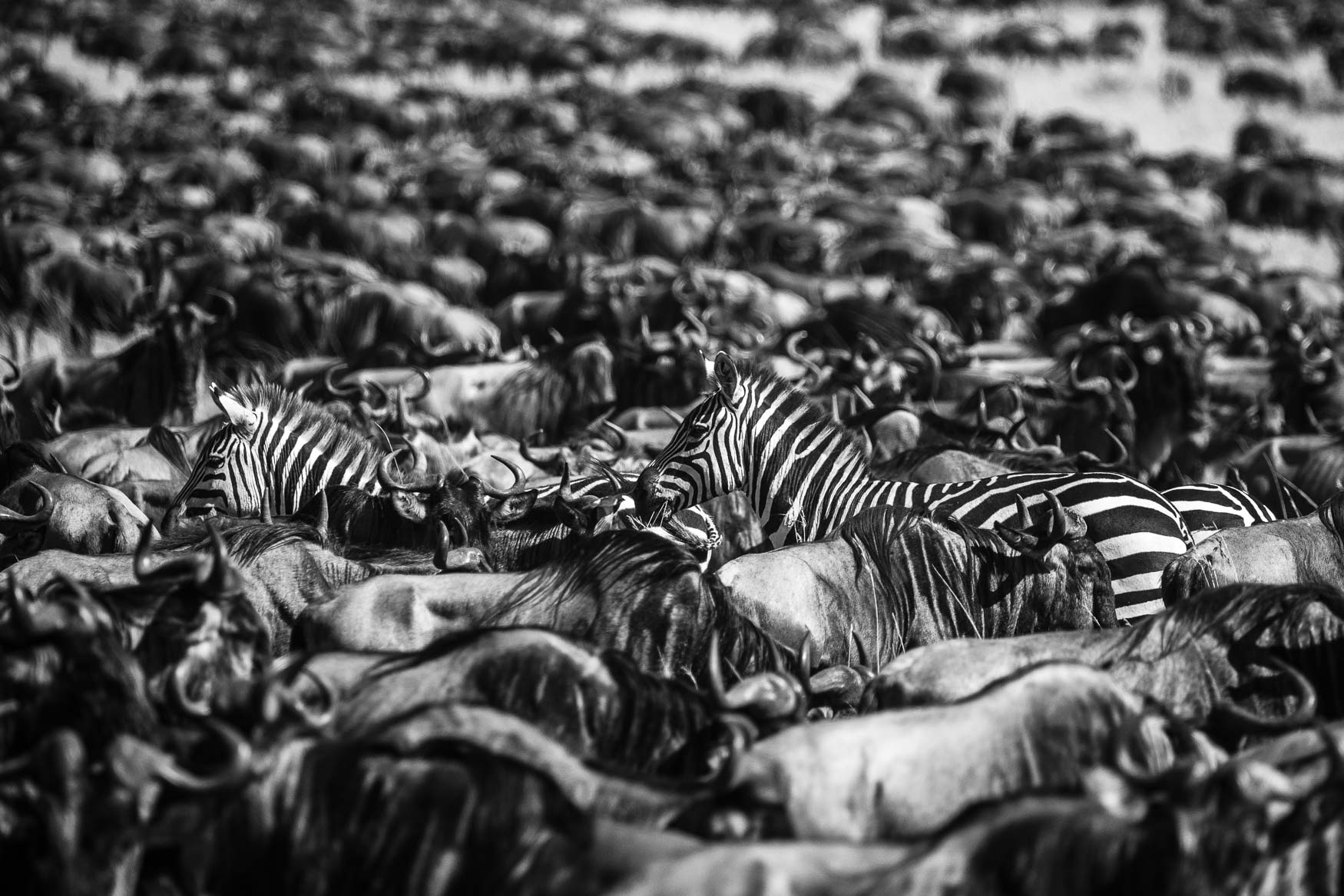
For some odd reason, many photographers get frustrated by rain. The light is poor, the animals don't move, I'll get wet. All of these are common comments shared by guests - but not our Wild Eye guests.
"My shoes are sopping wet but I don't care, this is awesome!" exclaimed one of the guests as she photographed two leopards mating in the rain.
You see, extreme circumstances make for interesting and unique images. Here are just a few magic moments captured in the first rains to fall in the Mara Triangle this migration season.
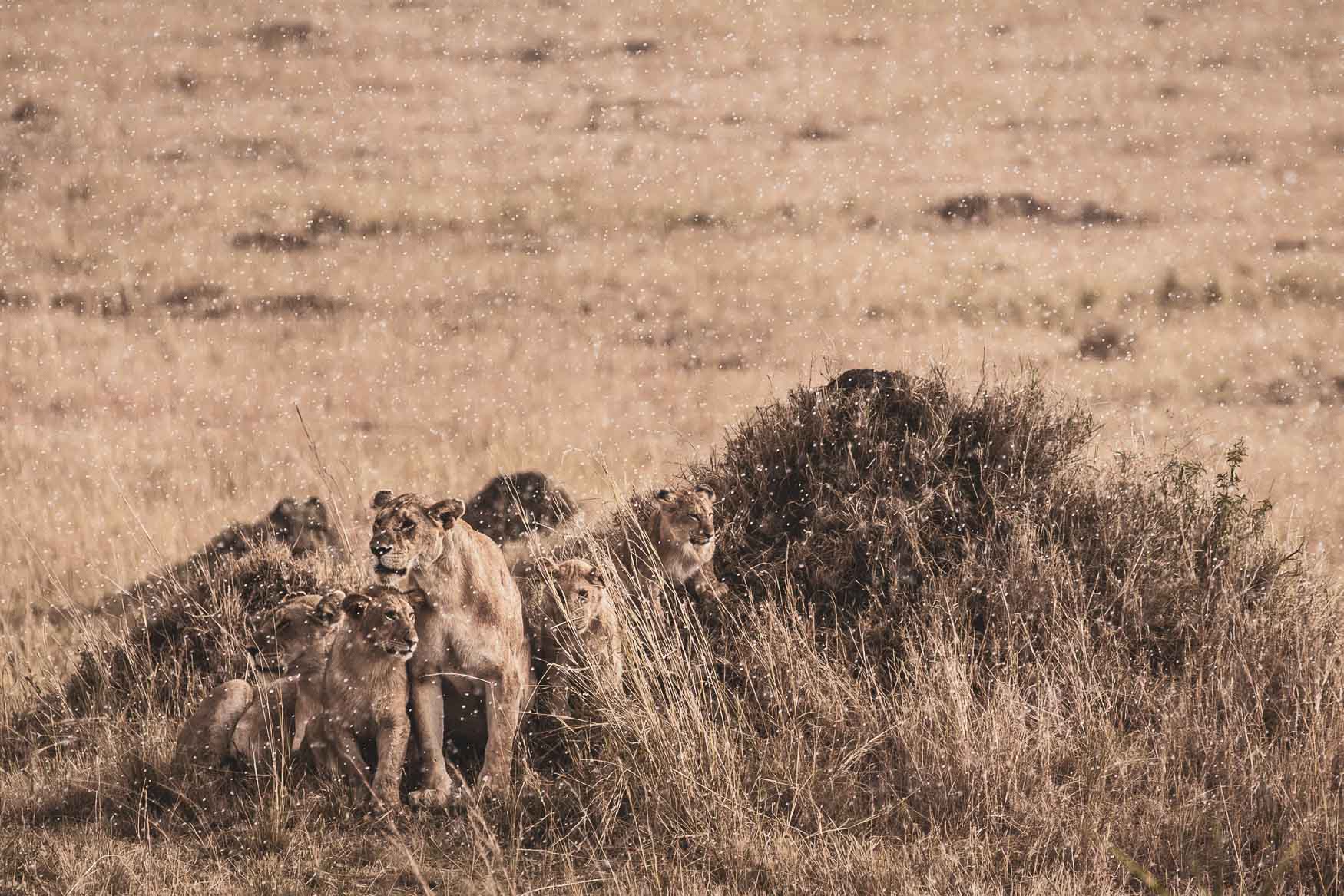
F6.3 @ 400mm, 1/2000s at ISO 2500
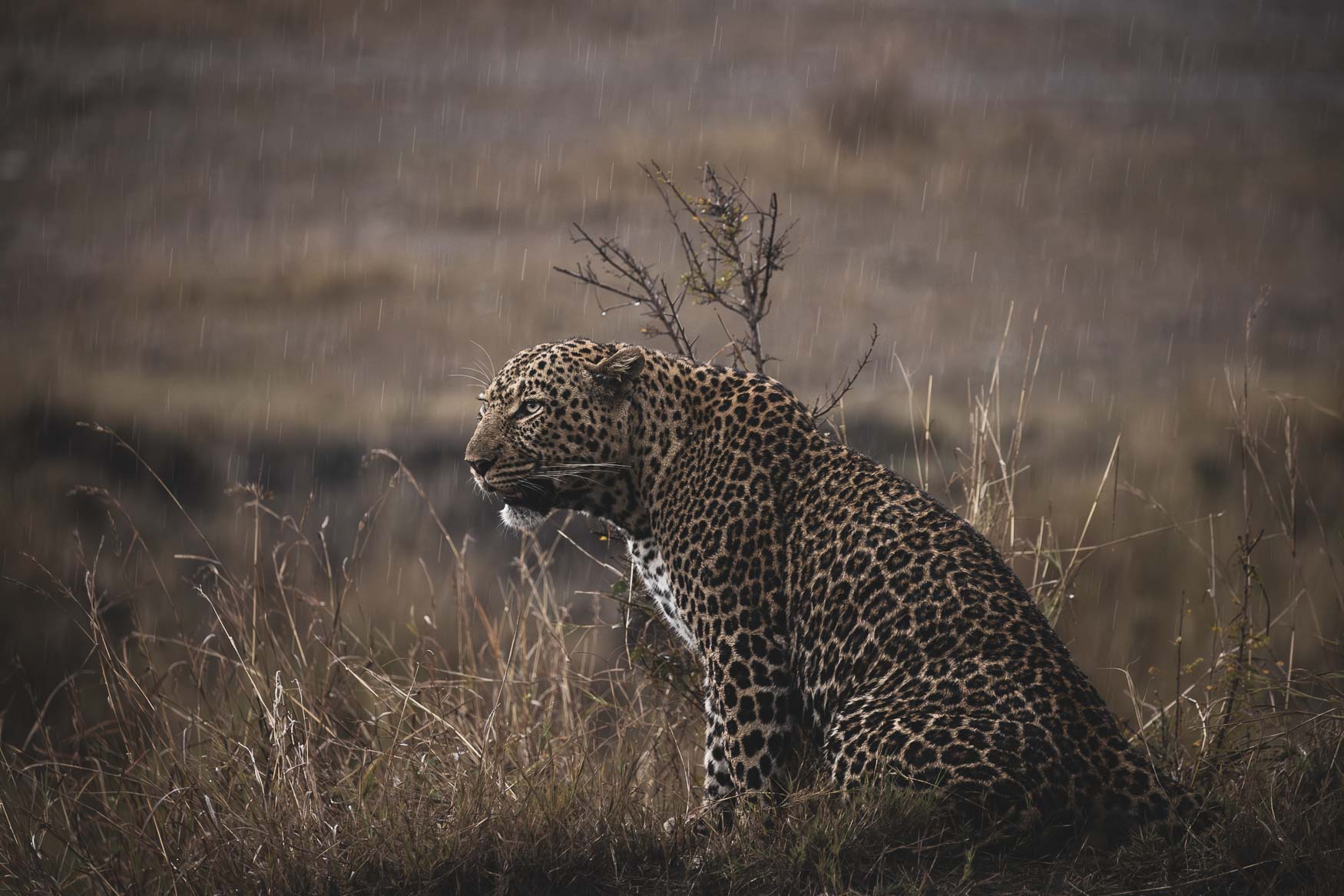
F5.6 @ 330mm, 1/200s at 5000
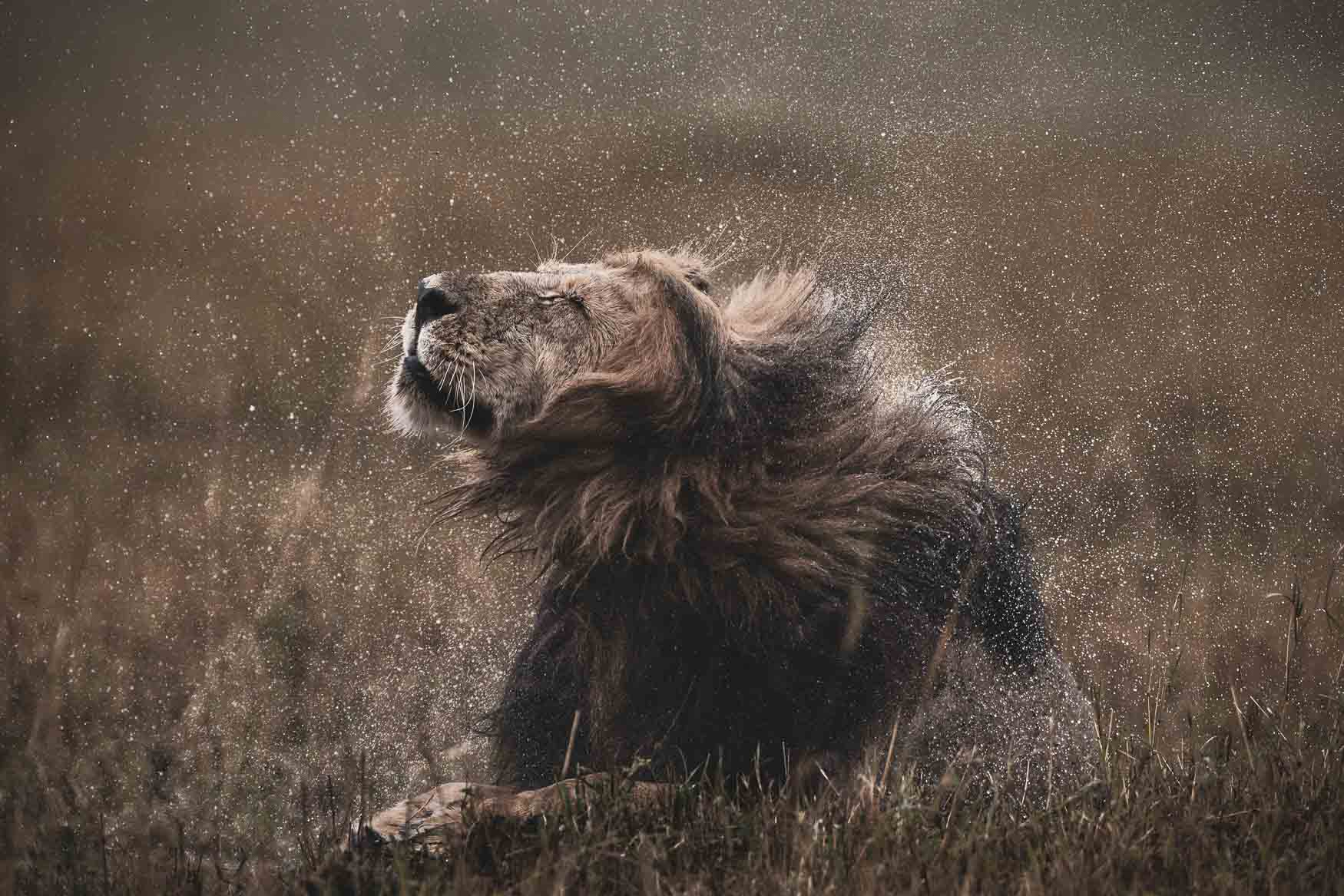
F7.1 @ 800mm, 1/3200s at ISO 5000
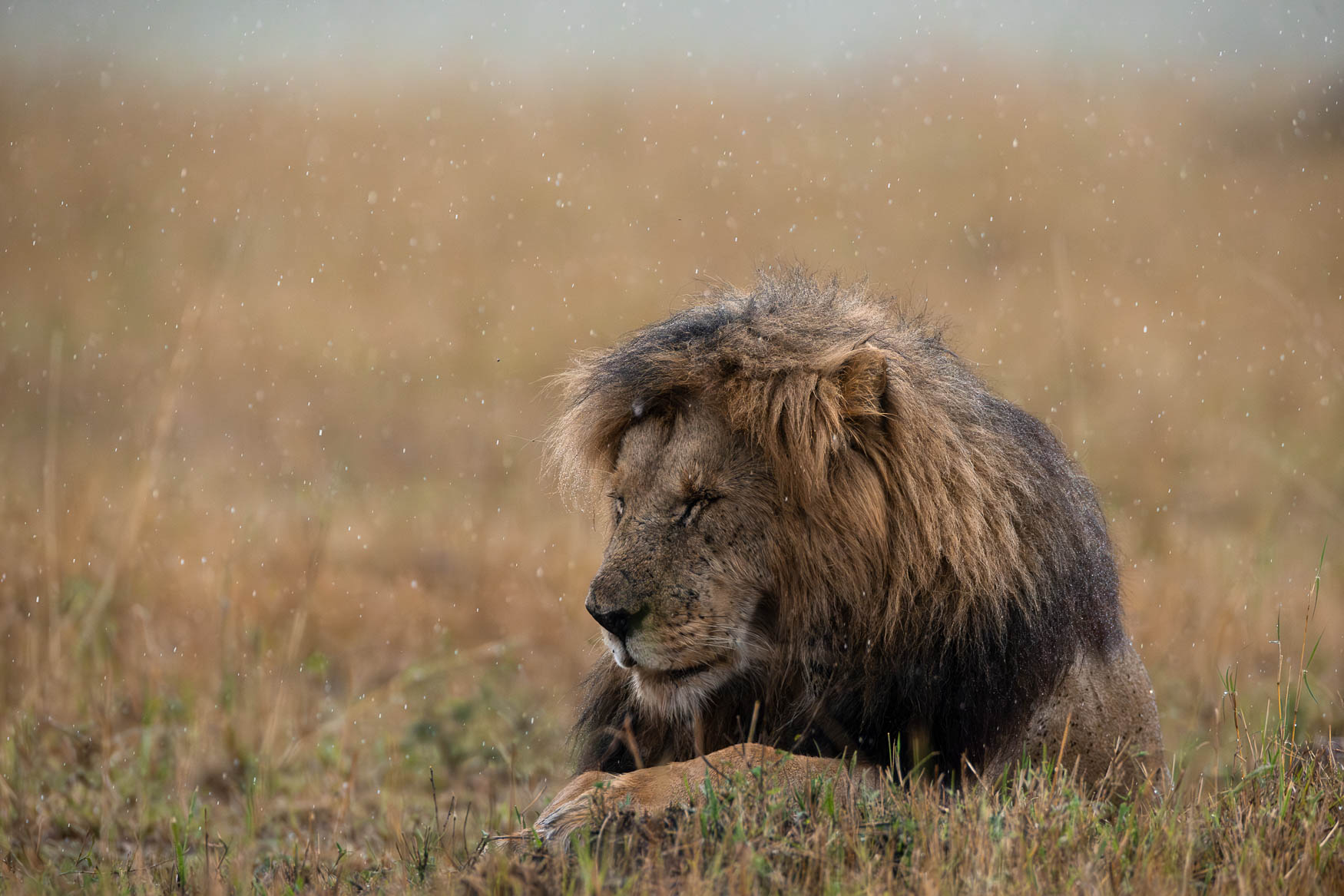
F6.3 @ 800mm, 1/1600s at ISO 8000
Photographing in the rain, it will change the way you see the world! ;-)
Until next time,

PHOTOGRAPHY TIPS
There is plenty more where this came from in terms of photography tips on offer. You can check out our blog for a whole selection of tips and tricks for your wildlife photography from our expert photographic guides
